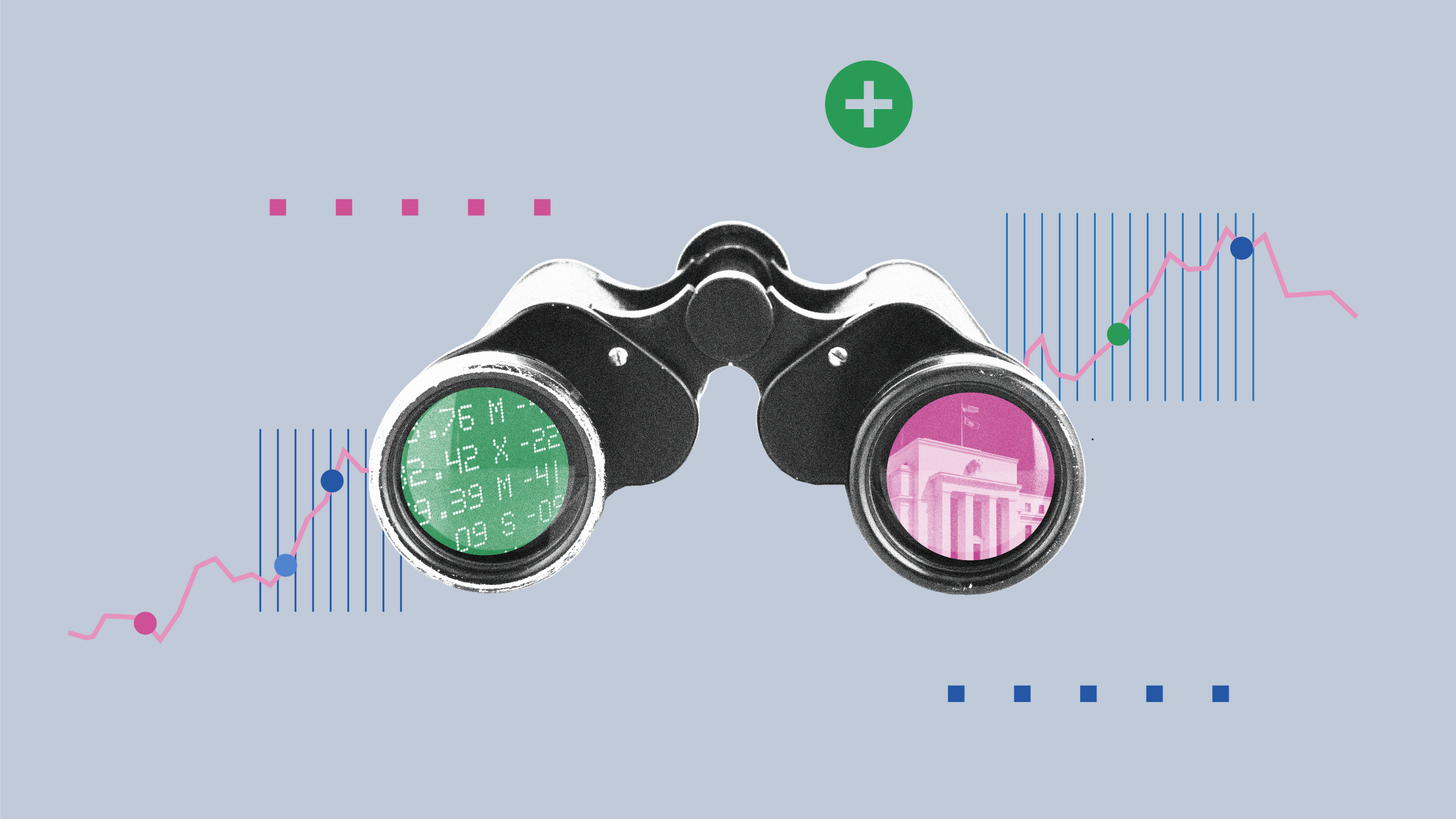
As a core component of the wider EU Sustainable Finance Action Plan which aims to channel capital flows towards sustainable investment while managing financial risks, the EU Taxonomy heralds a new era for the sustainable investment landscape.
In its simplest terms, the Taxonomy Regulation is a classification tool to determine whether an economic activity is environmentally sustainable. It helps investors, companies and policy makers to make more informed decisions by identifying activities that are deemed to make substantial contributions to environmental objectives and thereby help to finance the transition to a more sustainable economy.
By defining what is “green” or “sustainable”, the EU Taxonomy creates a common language for sustainability that sets strict standards to prevent greenwashing. This is done by setting performance thresholds, outlined in the “Technical Screening Criteria”, that help to identify environmentally friendly activities.
There’s no doubt the Taxonomy is an ambitious project and will be instrumental in providing advisers and investors with new, more focused, more consistent insights to the environmental credentials and ambitions of the issuers they consider investing in.
What are the Taxonomy’s Objectives?
The Taxonomy Regulation sets out six environmental objectives: climate change mitigation; climate change adaptation; water and marine resources; circular economy; pollution prevention and control; and biodiversity and ecosystems.
Economic activities that are eligible for screening against these objectives are defined in the Technical Screening Criteria and are assessed on three main principles. To be deemed sustainable, an activity must:
Substantially contribute to at least one of the six environmental objectives mentioned above.
Do no significant harm to any of the other environmental objectives(DNSH criteria).
Comply with minimum safeguards created to avoid negatively impacting societal stakeholders.
Both financial and non-financial companies will be affected by the Taxonomy - financial market participants offering financial products in the EU (including occupational pension providers), and large companies who are already required to provide a non-financial statement under the Non-Financial Reporting Directive (NFRD) will have to adhere to the new classification system.
When Will the Regulation Take Effect?
There has been a lot of back on forth on when changes are to be expected, but the following dates have been laid out in the latest iterations of key legislation.
Financial institutions and non-financial companies within the scope of the NFDR will be required to report on eligible activities (i.e. Taxonomy eligibility) at the start of 2022. This will be for the first two requirements of the EU Taxonomy, Climate Change Mitigation and Climate Change Adaption.
Effective in 2023, non-financial NFRD companies will then have to start reporting their own Taxonomy alignment. Financial institutions only need to start reporting their Taxonomy alignment beginning in 2024, at which time the relative 2023 reported data by the non-financial undertakings they hold in their portfolios and on their books is available.
The criteria for the remaining Taxonomy objectives - water, circular economy, pollution prevention and biodiversity – is expected to apply from January 2023.
(As the technical screening criteria for each environmental objective is set out in delegated acts, the above dates may be likely to change.)
How to Prepare for Key Changes
During such a transitional period for the entire industry, understanding and staying ahead of key changes is essential.
Morningstar is continuing to monitor the developments of the EU Taxonomy as its components start to take effect, and together with Sustainalytics, is ready to support financial services professionals during this transition period with an industry-leading set of solutions including an EU Taxonomy Data Solution and Managed Portfolio Service.
To find out how the Taxonomy is likely to impact you and your firm, as well as the latest solutions from Morningstar, you can download a free copy of our Guide to the EU Taxonomy here.












.jpg)















